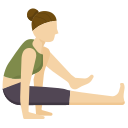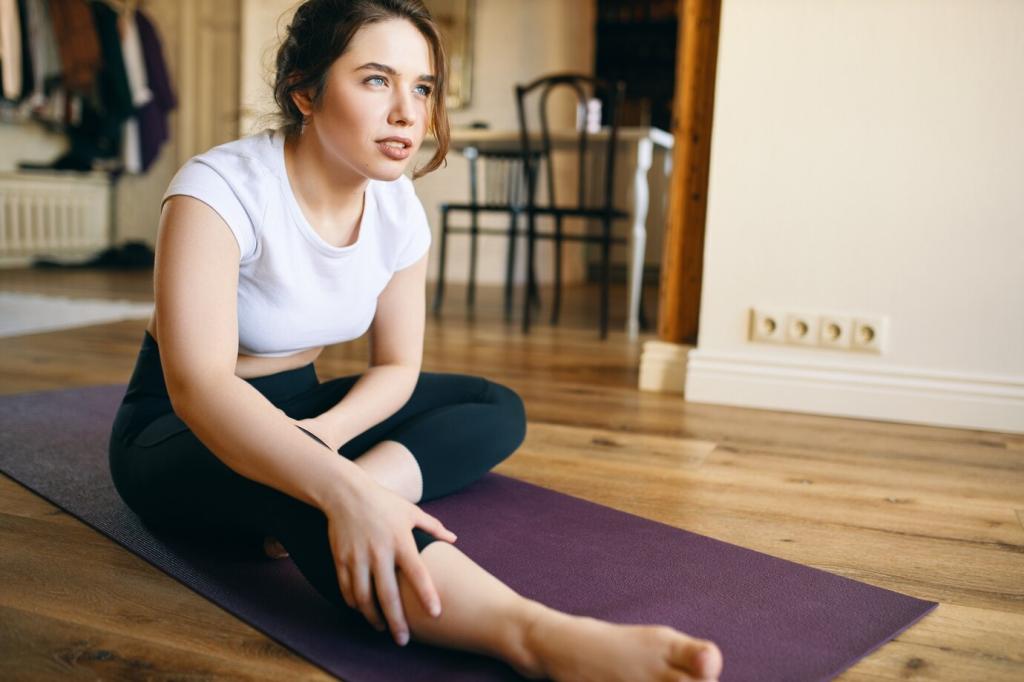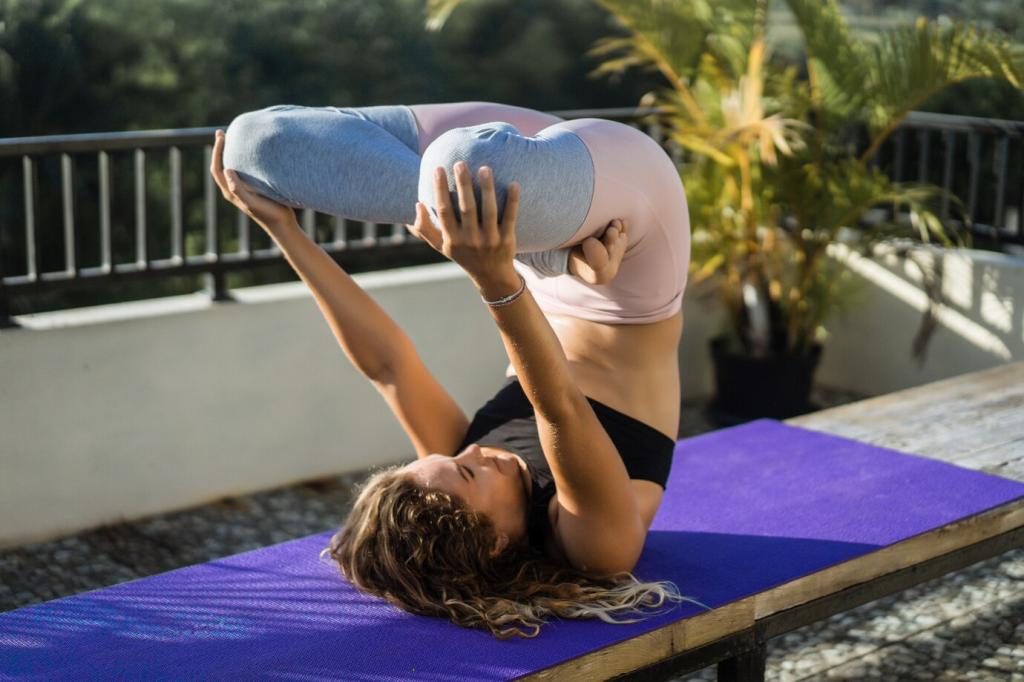Build a Consistent Home Practice
Begin with three minutes of diaphragmatic breathing, then Cat–Cow, Child’s Pose, low lunges with blocks, Mountain, and gentle forward fold. Finish with legs up a chair. Short, focused sessions make habits surprisingly durable.
Build a Consistent Home Practice
Roll out your mat near natural light, keep blocks and a blanket within reach, and place a small reminder of your intention nearby. This steady visual cue reduces friction and invites you back consistently.


